When most people hear “blockchain,” they immediately think of Bitcoin, Ethereum, or some meme coin making headlines. But the true value of blockchain extends far beyond digital currencies. In 2025, organizations across industries are leveraging blockchain’s unique properties—transparency, immutability, decentralization, and security—to solve real-world problems.
In this post, we’ll explore five powerful use cases where blockchain is making a meaningful impact in everyday life, far beyond crypto trading.
1. Supply Chain Transparency and Traceability Problem:
Modern supply chains are vast, complex, and often opaque. Consumers and regulators alike are demanding greater visibility into where products come from and how they are handled along the way.
How Blockchain Helps:
Blockchain enables end-to-end visibility by recording every transaction and movement of goods on a tamper-proof ledger. Every participant in the supply chain—from the farm to the warehouse to the retailer—can access and verify data in real time.
Real-World Example:
IBM Food Trust: Used by Walmart, Nestlé, and Carrefour to trace the origin of food products, improving food safety and reducing waste.
De Beers: Uses blockchain to track the journey of diamonds from mine to market, ensuring ethical sourcing and preventing conflict stones.
Why It Matters:
Consumers can now scan a QR code and instantly know where their food or jewelry came from, how it was handled, and whether it meets sustainability and ethical standards.
2. Digital Identity Verification
🪪 Problem:
Over 1 billion people globally lack a verifiable form of identification. Even in developed countries, identity fraud and data breaches are rampant due to centralized databases.
How Blockchain Helps:
Blockchain provides a secure, decentralized identity system where individuals can own and control their personal data. These self-sovereign identities (SSIDs) enable people to share only the necessary information with trusted parties.
Real-World Example:
ID2020 and Microsoft’s ION (Identity Overlay Network): Creating portable, digital IDs that work across borders and services.
Estonia’s e-Residency Program: Uses blockchain to offer secure, digital identity for global entrepreneurs.
Why It Matters:
Blockchain-based IDs give people access to services like banking, voting, education, and healthcare while reducing fraud and enhancing privacy.
3. Healthcare Data Sharing and Security
Problem:
Medical records are often siloed, outdated, or inaccessible between different healthcare providers. Patients have little control over their own data.
How Blockchain Helps:
Blockchain creates a secure, unified medical data system where patients control who can access their health records. All changes are logged transparently, and the data remains encrypted.
Real-World Example:
Medicalchain and Patientory: Allow patients to store and grant access to their records across clinics and hospitals.
MediLedger: A blockchain consortium aimed at combating pharmaceutical fraud and ensuring regulatory compliance.
Why It Matters:
In emergencies, blockchain ensures that accurate, up-to-date health information is available instantly—saving lives and reducing errors.
4. Real Estate and Land Ownership Problem:
Paper-based property systems are inefficient, prone to tampering, and often cause legal disputes—especially in developing countries.
How Blockchain Helps:
Blockchain enables digital property records, secured by smart contracts. It simplifies ownership transfers, prevents fraud, and reduces reliance on middlemen like notaries.
Real-World Example:
Sweden’s Land Registry: Piloted blockchain-based land transactions to reduce paperwork and save time.
Propy: Allows users to buy and sell real estate through blockchain, with full legal compliance.
Why It Matters:
Ownership records become tamper-proof, transparent, and accessible—reducing disputes and corruption while increasing trust in property transactions.
5. Voting and Governance Problem:
Traditional voting systems are vulnerable to manipulation, fraud, and lack transparency. In some countries, voter turnout is low due to distrust or logistical challenges.
How Blockchain Helps:
Blockchain-based voting platforms provide transparent, tamper-resistant voting systems. Voters can confirm that their vote was counted—without revealing who they voted for.
Real-World Example:
Voatz and Follow My Vote: Offer blockchain-based mobile voting systems used in pilot programs in the U.S. and abroad.
Ukraine and Sierra Leone: Have tested blockchain voting to improve election integrity and accessibility.
Why It Matters:
Blockchain could rebuild trust in democratic systems, enable remote and secure voting, and make elections more efficient and fair.
Honorable Mentions: Other Emerging Use Cases
Intellectual property protection (using NFTs for music, art, and books)
Carbon credit tracking and sustainability reporting
Cross-border payments and remittances without intermediaries
Tokenization of assets like gold, stocks, and even sports teams
The future of blockchain isn’t just about cryptocurrency. It’s about rebuilding digital trust, empowering individuals, and solving problems across industries. As blockchain continues to mature in 2025, expect to see more real-world applications become mainstream.
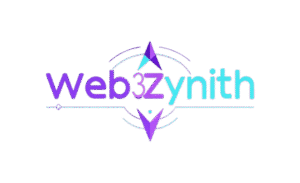




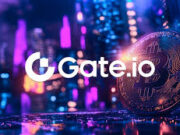







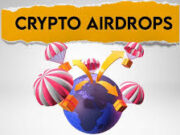

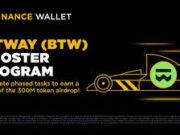
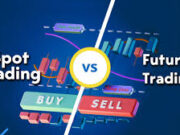


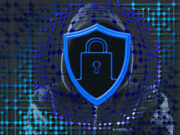


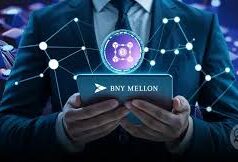
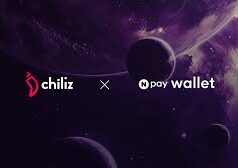




People voting with blockchain? Not in the next 50 years at this rate
Energy consumption of blockchain will have to be more efficient